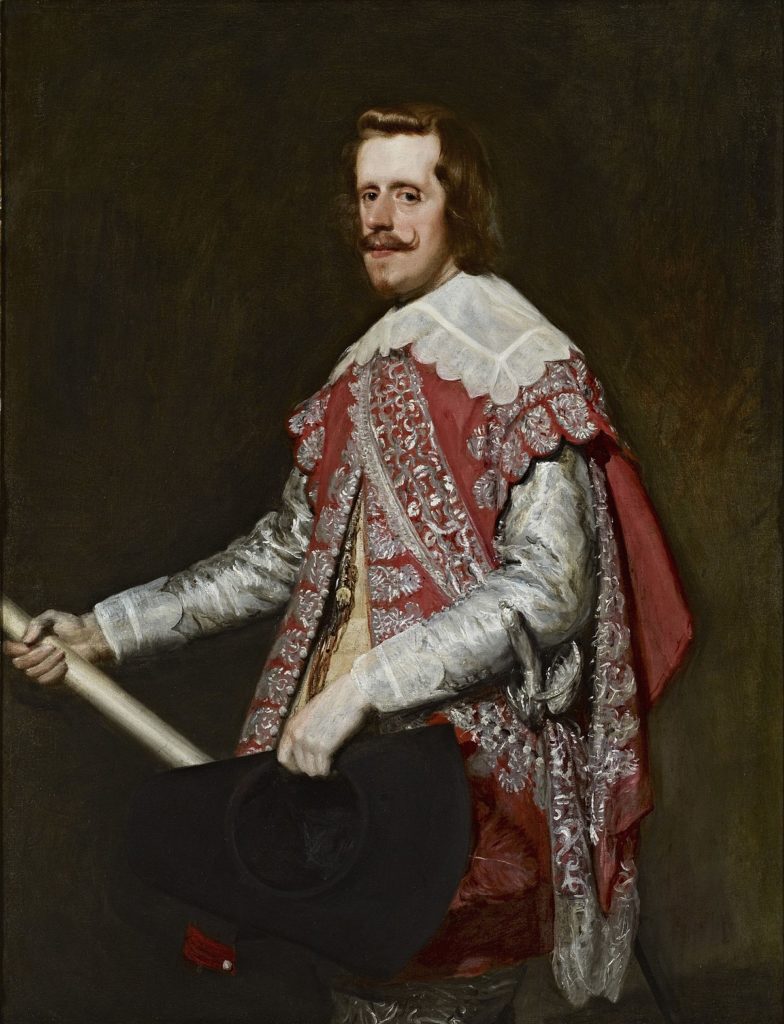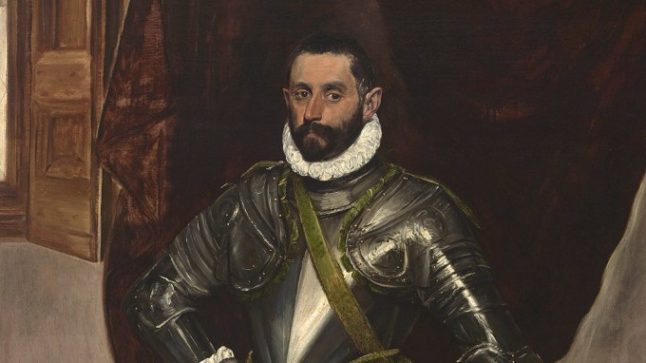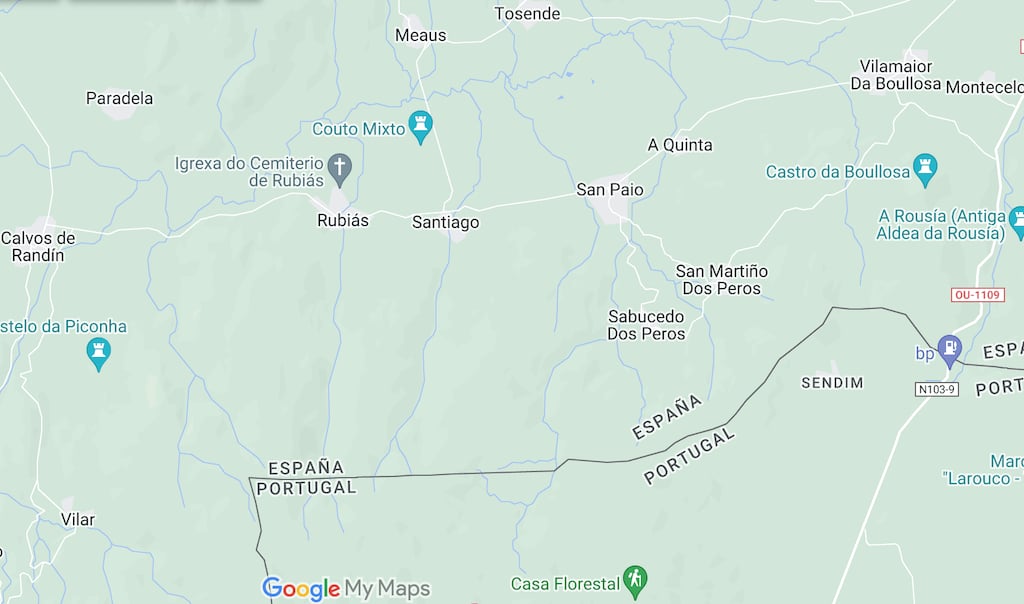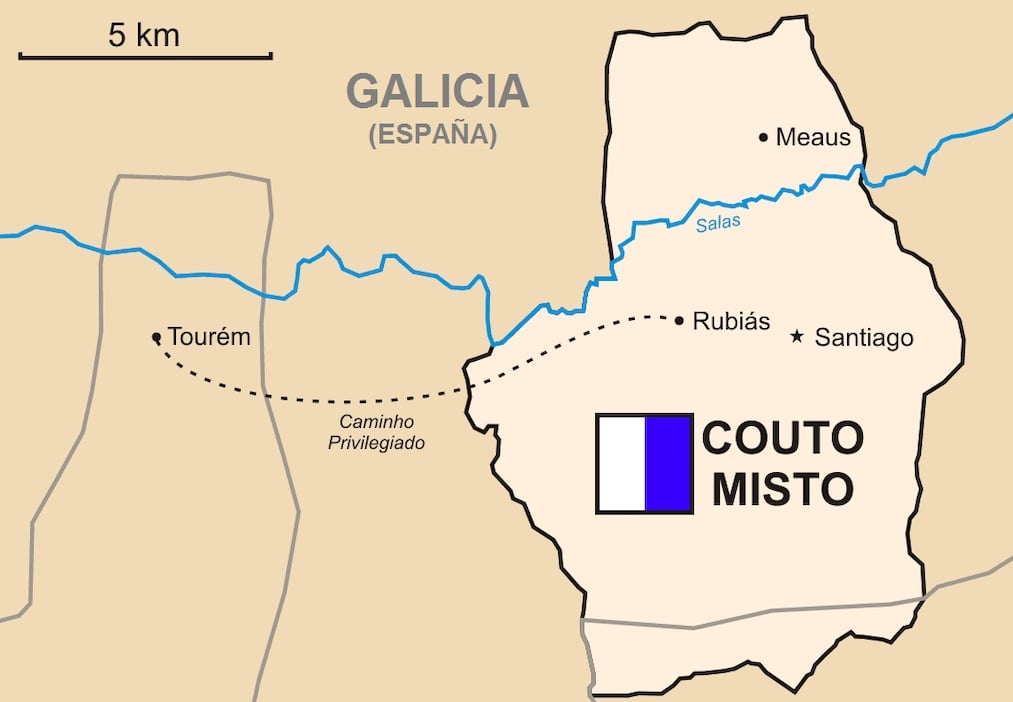A total of nine works from the collection built by late US industrialist Henry Clay Frick will go on display from Tuesday at the Prado museum in Madrid until July 2nd.
The Frick Collection art museum has loaned the works while it is closed for renovation. It has sent works to other museums as well, including Musee d’Orsay in Paris.
The Prado has received four paintings by Francisco de Goya, three by Renaissance painter El Greco and one each by Velázquez and Bartolomé Esteban Murillo.
“It is a limited number of works but of enormous quality,” Prado director Miguel Falomir told a news conference.

Ian Wardropper, the director of the Frick Collection said the works were being loaned “for the first time in a hundred years”.
Among the paintings on loan is El Greco’s “Vincenzo Anastagi” — the only full-length standing portrait by the artist which exists today, said Prado conservation director Javier Portus.

Also featured is El Greco’s “The Expulsion of the Money Changers from the Temple” (pictured above) which Frick bought for $120,000 at the beginning of the 20th century in Spain.
The Frick Collection works are exhibited alongside other paintings belonging to the Prado with which they have “close links”, the museum said in a statement.





 Please whitelist us to continue reading.
Please whitelist us to continue reading.
Member comments